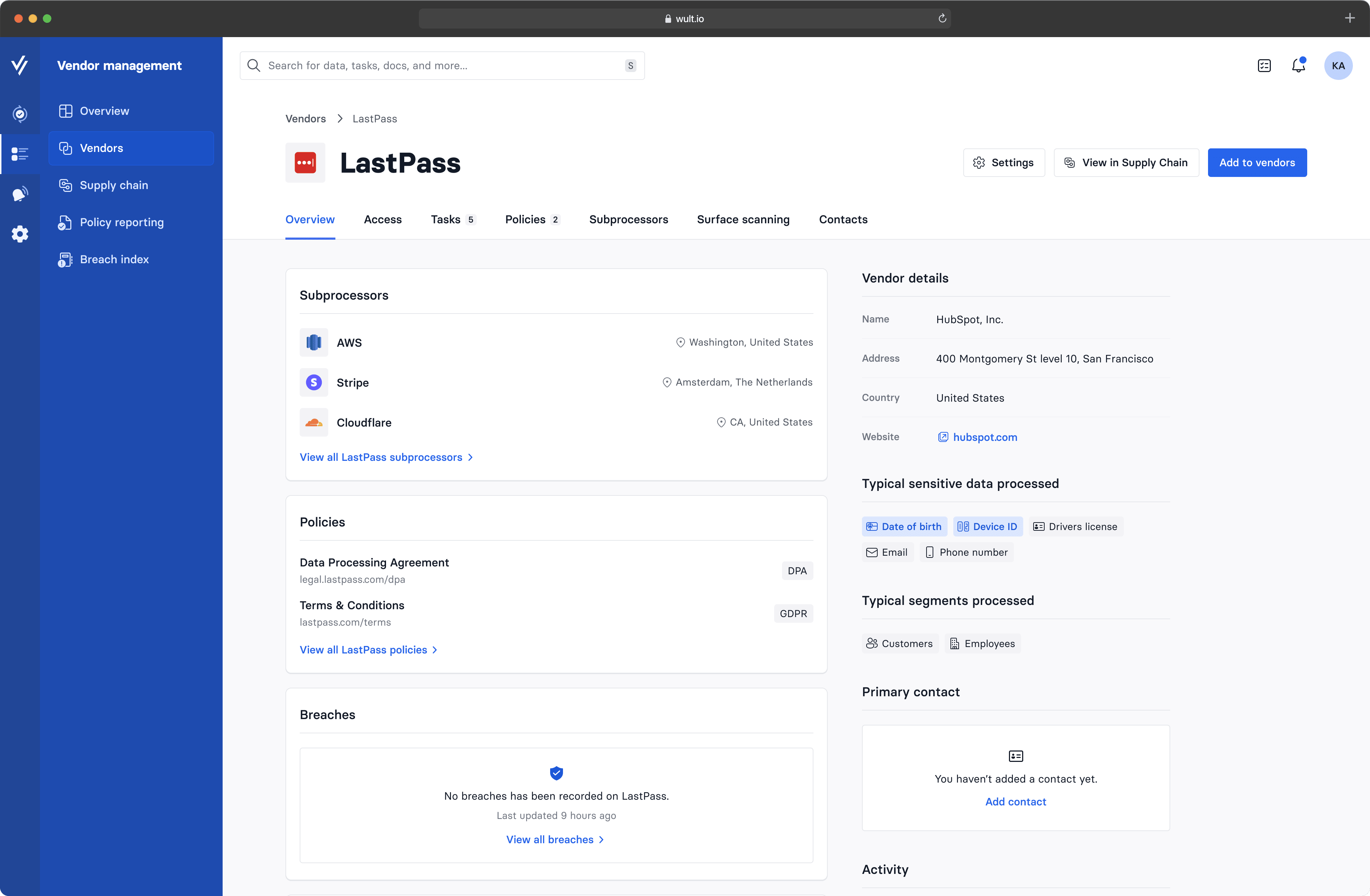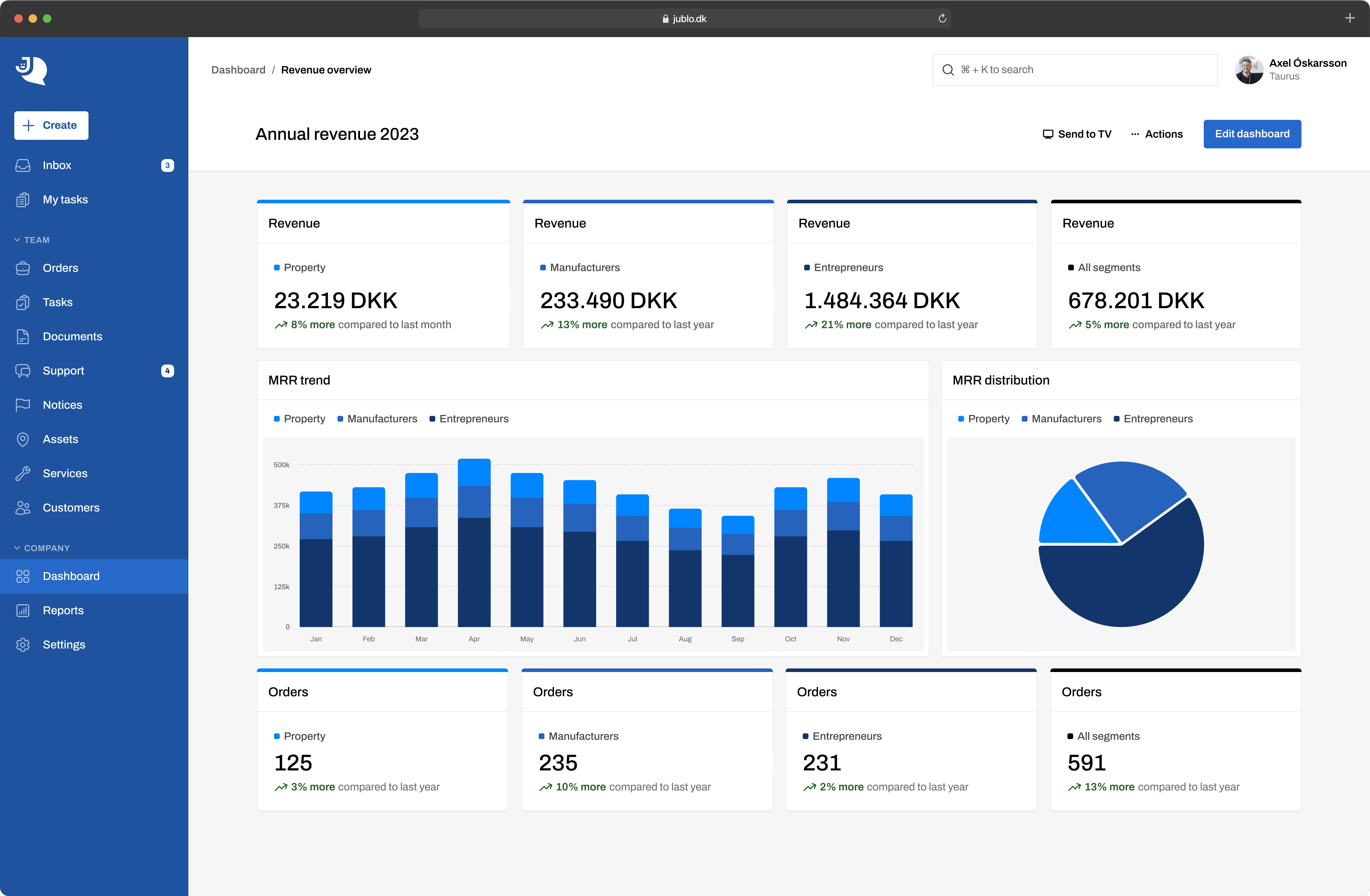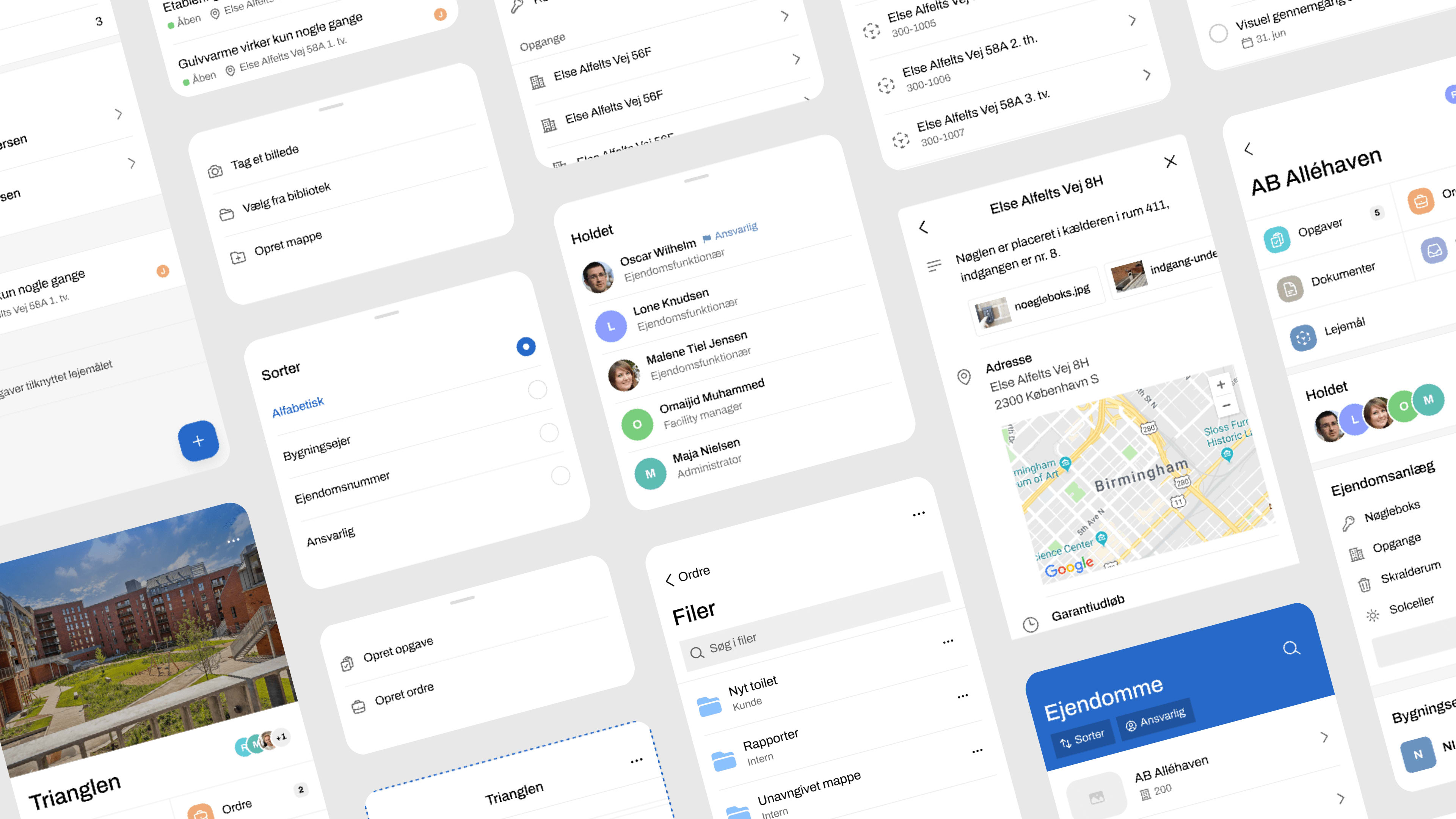
Streamlining data compliance for enterprises with Wult
In the era of big data, larger organisations are constantly grappling with managing the chaos around data protection.
Read case studyWhat can we help you with?
Design for your SaaS Access to our design team Lead your design project Audit your user experienceIf you’re reading this, chances are you’re deeply immersed in the world of SaaS, grappling with the relentless pace and unique challenges it presents.

As a product owner, developer, or founder, you’re constantly balancing the need for rapid innovation with the constraints of time and resources. Like us, you understand that in SaaS design isn’t just an aesthetic choice; it’s a critical business decision that impacts user engagement, retention, and, ultimately, the bottom line of the company.
You might face the daunting task of scaling your product’s design needs as your user base grows while maintaining a consistent and engaging user experience. Perhaps you’re struggling with the complexities of building a design that looks good and resonates with your users, encouraging them to stay longer and engage more deeply with your product. Or maybe you’re under pressure to accelerate your product’s time-to-market to outpace competitors but are hindered by bottlenecks. These challenges are not just yours alone. Your competitors are facing them too.
This article delves into how we at EDL practically approach designing SaaS products. We understand the nuances of designing for SaaS—from creating scalable design systems to ensuring a seamless and intuitive user experience that drives retention.
Explore our insights and solutions that have helped other SaaS products transform these challenges into opportunities for growth. Let’s navigate this maze together and emerge with a design that’s not just a solution but a cornerstone for your product’s success.
Most SaaS startups frequently face the hurdles of tight timelines and limited budgets. In response to these challenges, embracing external design services emerges as a strategic solution, providing support specifically designed for the needs of SaaS teams.
The primary aim here is to create scalable product designs that uplift the brand and do so efficiently, even under resource constraints. This approach ensures that despite the financial and time limitations, the quality and efficacy of a product’s design are not diminished, thereby ensuring a powerful resonance with the intended audience and a significant boost to the brand’s visibility in the competitive market.

Accelerating a SaaS product’s time-to-market is crucial for capturing the market swiftly with a product that aligns with current needs and expectations. Achieving this demands a design process that is agile yet thorough, ensuring the product’s quality isn’t compromised for speed.
A vital strategy for this agility is the use of robust design systems. These systems are not just collections of reusable components but frameworks enabling efficient design decisions. With a solid design system, SaaS companies can reduce design cycle time, allowing for faster iterations, rapid prototyping, and essential product refinement during development. These systems ensure consistent and scalable design as features evolve, providing a seamless user experience and reducing internal communication and error.

Exceptional user experience is key to success. With abundant choices in the digital landscape, a product offering a seamless and engaging UX distinguishes itself. This requires more than just aesthetic appeal; it’s about an in-depth understanding and thoughtful application of user behaviour nuances. A well-crafted UX is crucial for attracting users and turning them into long-term product supporters.
Developing a compelling user experience begins with designing intuitive interfaces. This means every swipe, click, or scroll should be responsive and meaningful, eliminating any friction points that could lead to frustration and potential user loss. A SaaS product can provide an experience that meets and exceeds user expectations by focusing on these aspects.

Scaling design in the SaaS environment is a complex yet crucial aspect of a product’s evolution. As a SaaS product grows and attracts more users, the design needs to evolve, not just by adding features or updating the interface but by ensuring the user experience keeps pace with the product’s development. However, expanding an in-house design team quickly enough to keep up with this growth can be challenging due to limited resources and time constraints.
External design expertise offers scalability and flexibility, bringing creative skills and a deep understanding of the SaaS landscape’s dynamics. Effective design scaling involves more than just increasing the workforce; it requires a strategic approach, including integrating user feedback, staying informed about market trends, and understanding the evolving needs of the business. The goal is to maintain a high-quality user experience that grows with the product, leveraging design challenges as opportunities for innovation.
We have handpicked a few related news stories and articles for you.

In the era of big data, larger organisations are constantly grappling with managing the chaos around data protection.
Read case study
There are no stupid questions. For pre-sales questions or other inquiries, contact us and we’ll get back to you within an hour.
